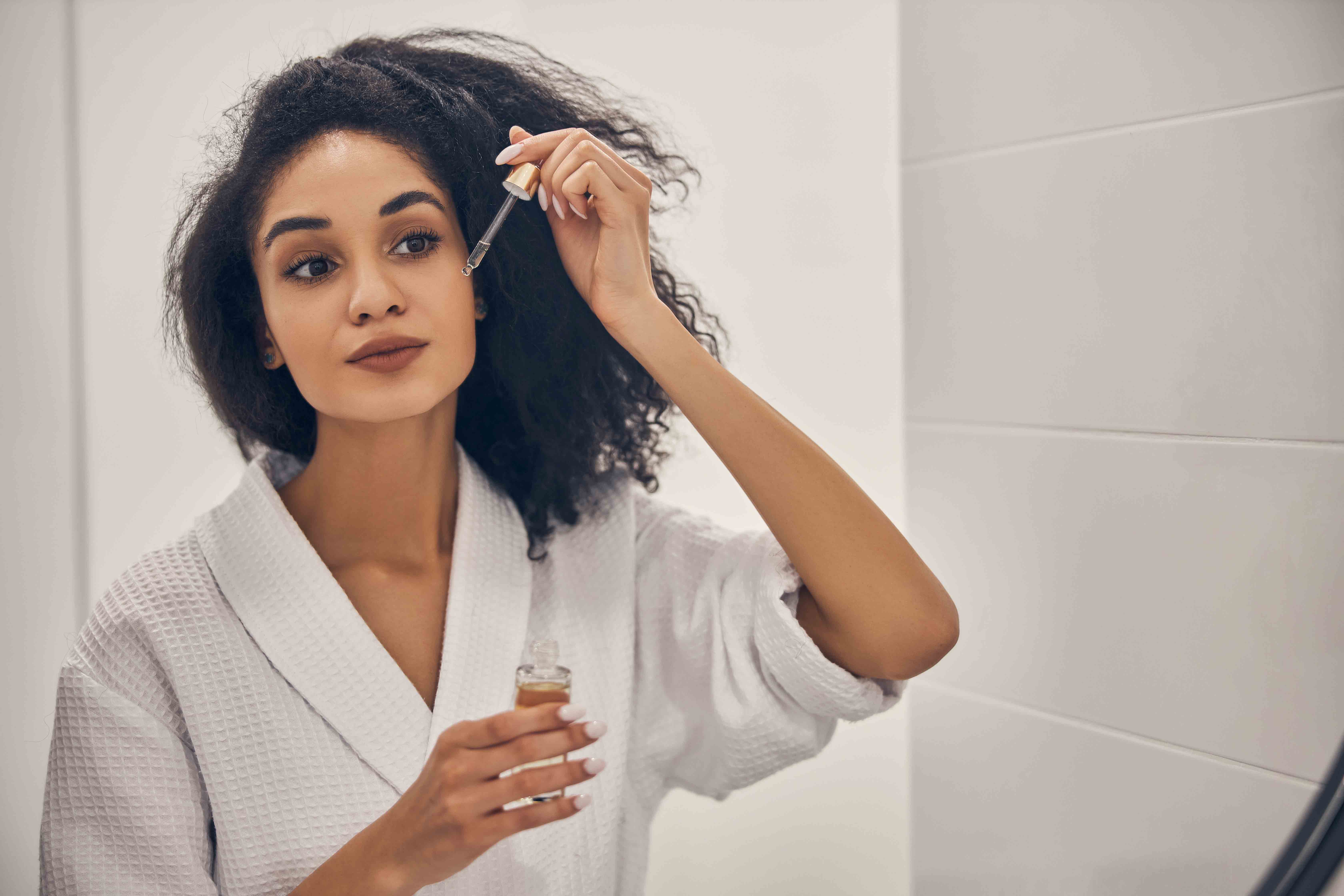How To Use Face Oil In Your Skincare Routine

Everyone knows using moisturizer is an essential step to keeping our skin healthy and glowing. However, moisturizers aren’t meant to be the last step in our skincare routines. Instead, that title should go to face oils. While moisturizers provide hydration to your face, face oils are emollients and occlusives that work towards ‘locking in’ that moisture, ensuring that your skin is well-moisturized throughout the day. Despite its good function, people may still believe that face oils can clog the pores and cause breakouts, especially for those with oily skin. The truth is, that only occurs if the product does not suit your skin type and you’re applying it the wrong way. As such, we’re here to provide some tips and tricks on how to use face oil in a skin care routine.
Step One: Wash the Face
This should be a no-brainer. To get rid of all the excess sebum and dirt, washing your face should never be skipped in your skincare routines. And no, water is not enough. Cleansing the face not only ensures that your skin is free of pollutants and other harmful environmental aggressors but also allows other skin care products such as toners or serums to penetrate deeper into the skin. This means that you’re maximizing the effects of those products. If you’re not washing your face properly or sufficiently, you’re allowing dirt and pollution to settle on the surface of your skin, which can subsequently cause breakouts, aging, and dehydration.
Step Two: Apply Serums
Some people may still consider face serums and face oils the same, but that’s completely untrue. Face serums have smaller molecules, allowing the product to absorb deeper into the skin. On the other hand, face oils have larger molecules that can only penetrate the surface and function primarily to nourish the skin. As such, serums tend to be loaded with powerhouse ingredients that work towards achieving certain desired results, such as hyperpigmentation, hydration, and acne. For example, our Looking Sharp facial serum is meant to nourish and soften your skin while providing that extra glow.
Step Three: Layer Moisturizer
As moisturizers contain water, this is the step to apply them. Remember, moisturizers should not be applied after face oils. If so, moisturizers won’t be able to fully absorb into your skin, making them less effective. For people with oily skin, we recommend going for a water-based or gel-based moisturizer, whereas those with dry skin will benefit more from a cream-based one.
Step Four: Apply Face Oil
To amp up the hydration in your skin, don’t neglect the power of face oils. Face oils should be used in both morning and nighttime skincare routines as the very last step. For the morning, just ensure to lather on sunscreen after the face oil. Simply dispense four to five drops of face oil on the palm of your hand, and use your fingertips to dab gently onto the skin. After covering all areas except the eye, press the oil onto your skin with your whole hands and let it dry. We do not recommend slathering it on as less is more when it comes to face oils.
Go with Pumpkin Face Oil
The Good Stuff Botanicals’ Pumpkin Face Oil guarantees deep hydration without clogging your pores. As it is formulated with amazing ingredients such as pumpkin (obviously!), pomegranate, and rosehip oils, you can expect this product to work on various skin conditions, from aging to acne breakouts. Pomegranate helps to regulate sebum production, while rosehip can brighten your skin.
